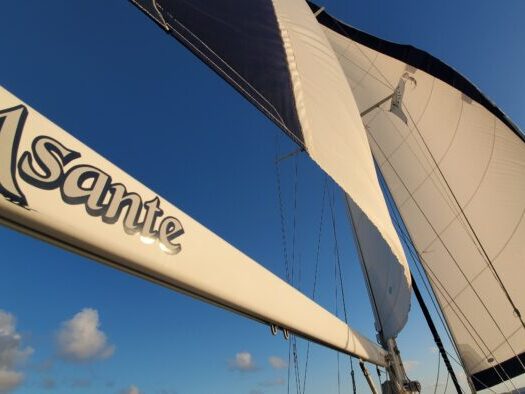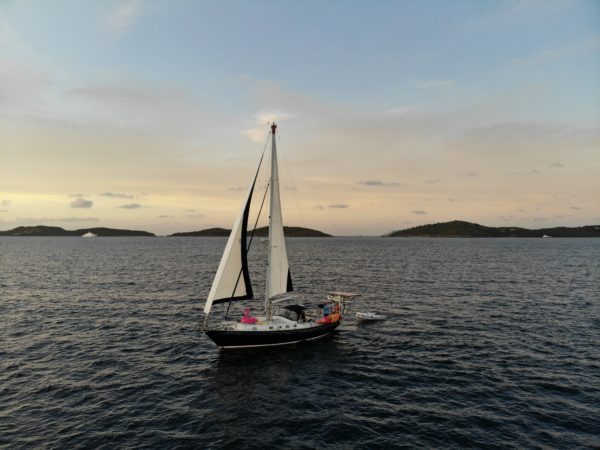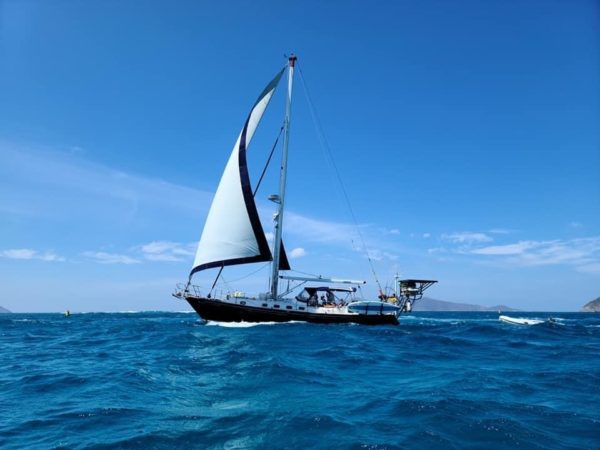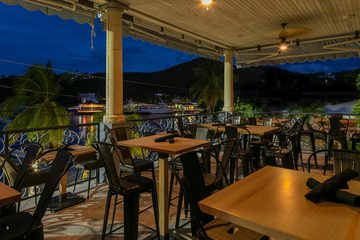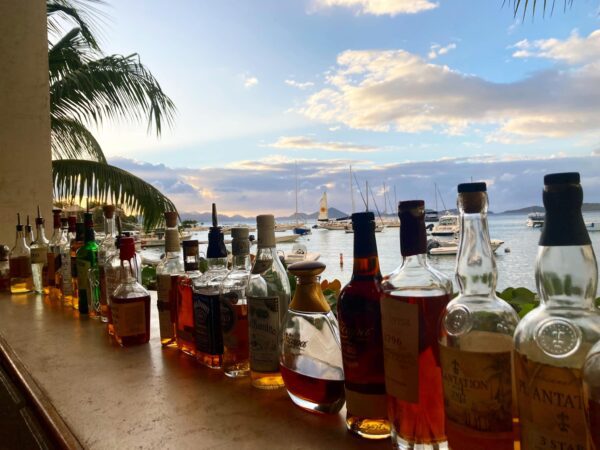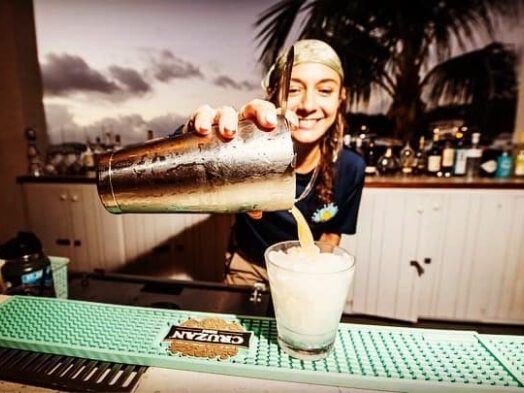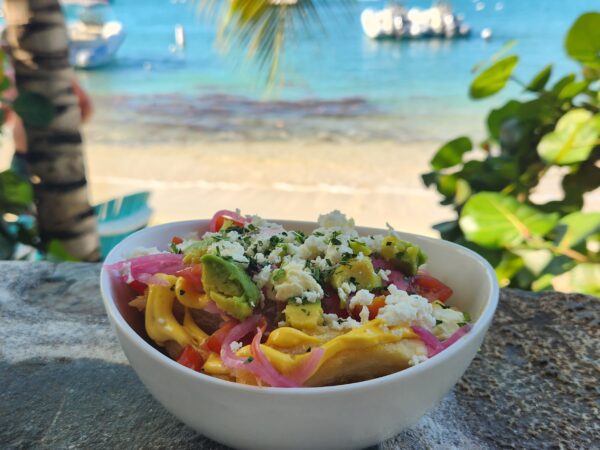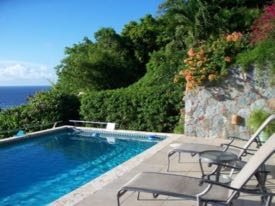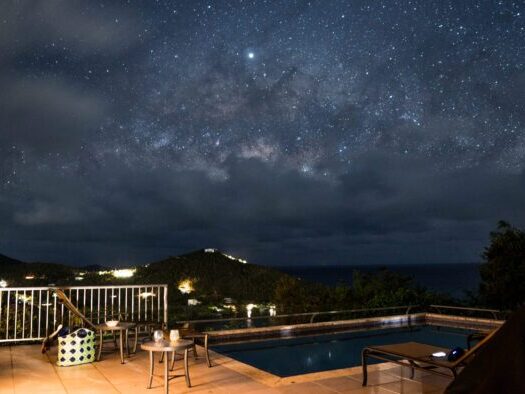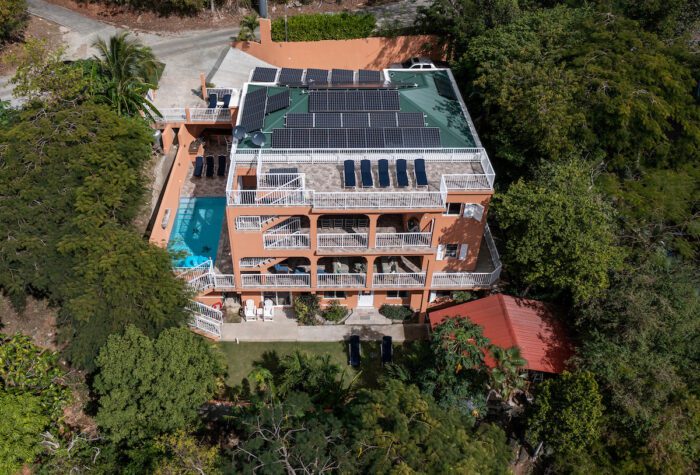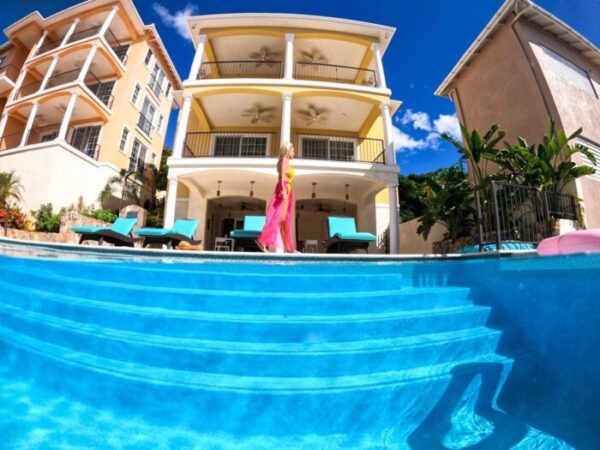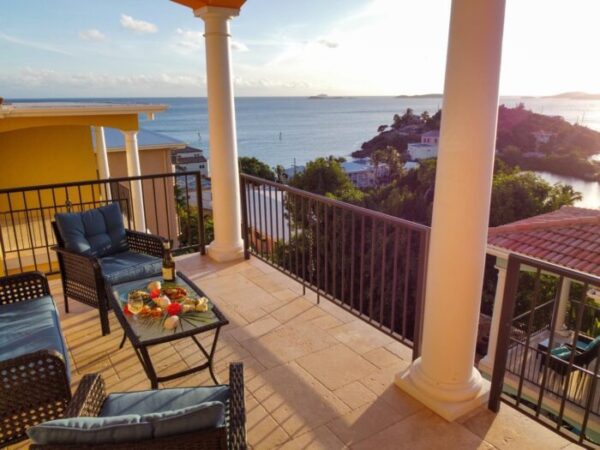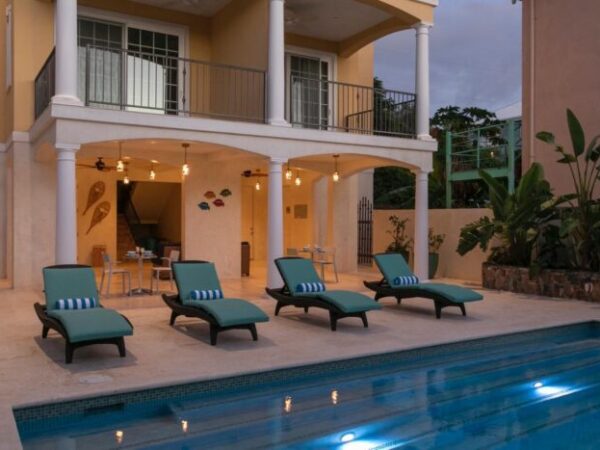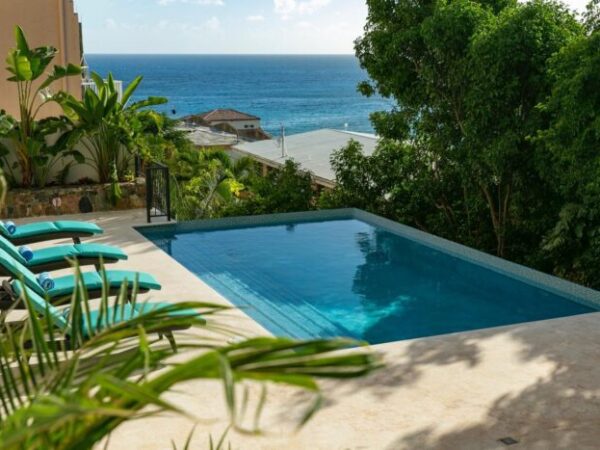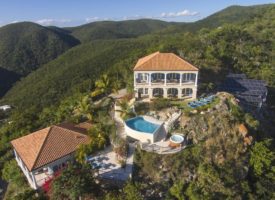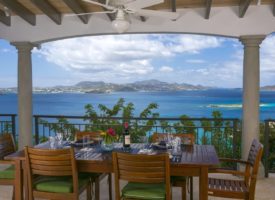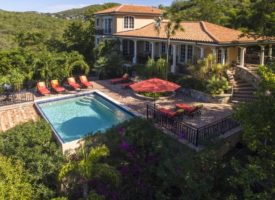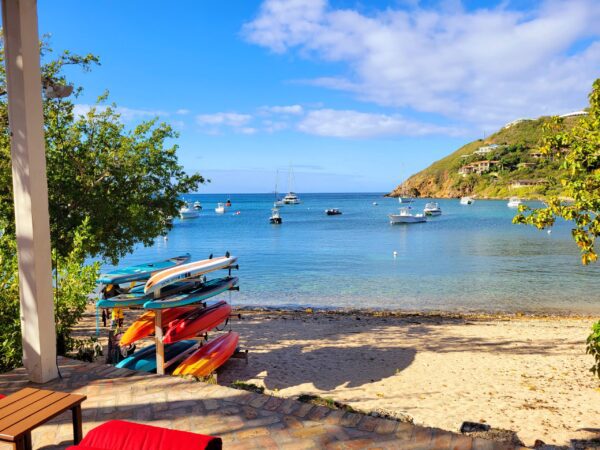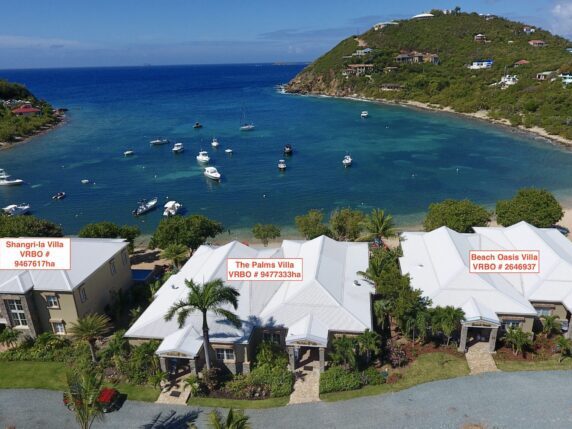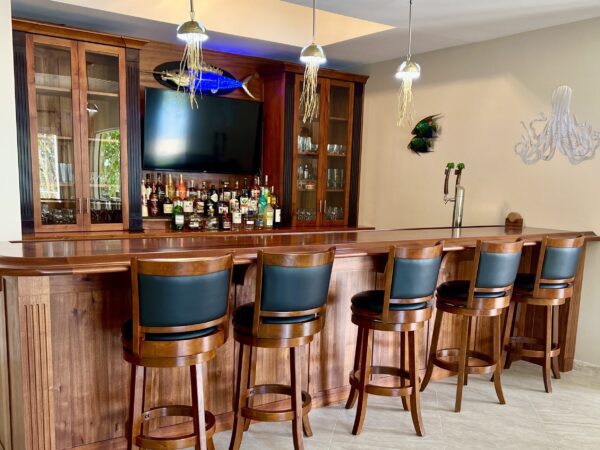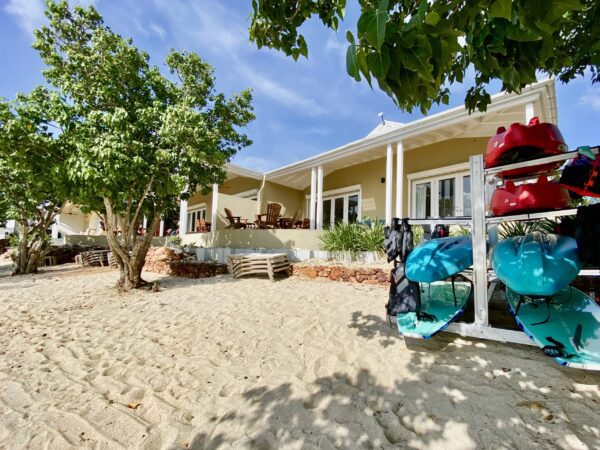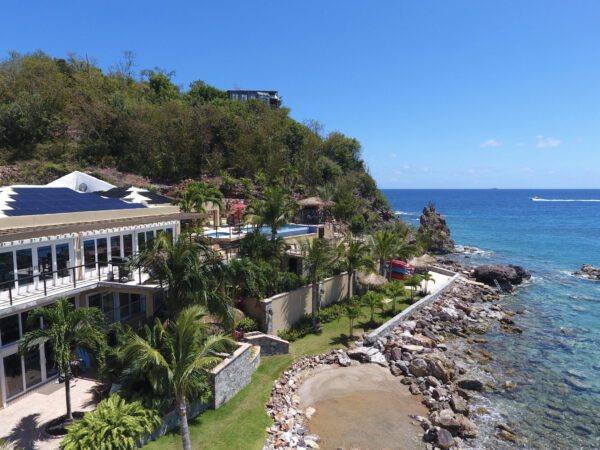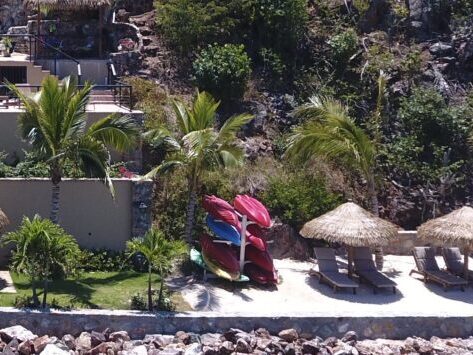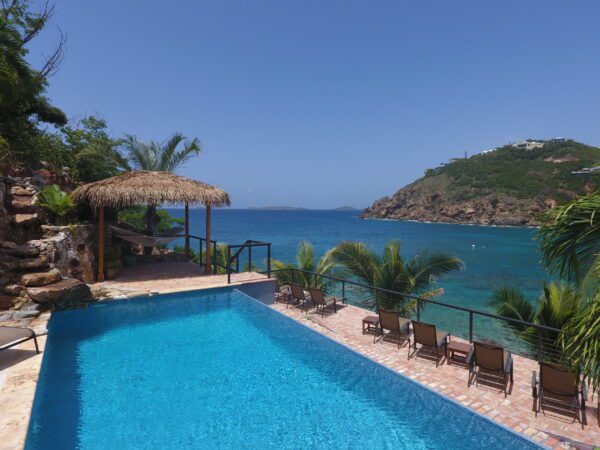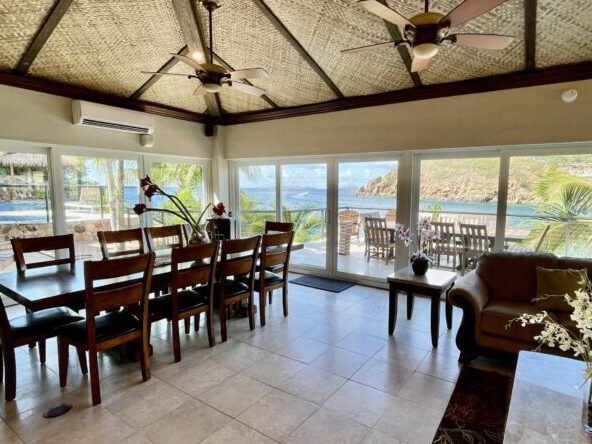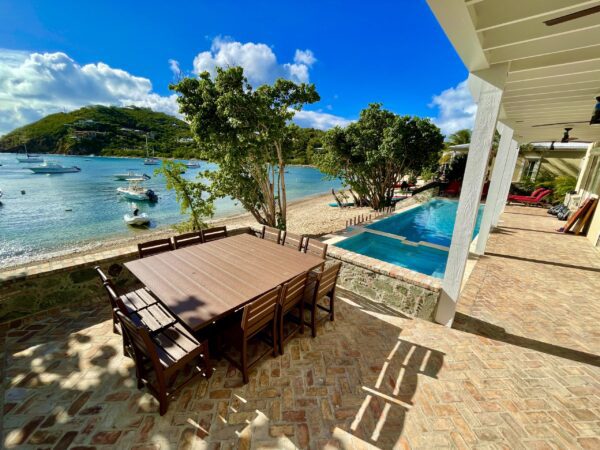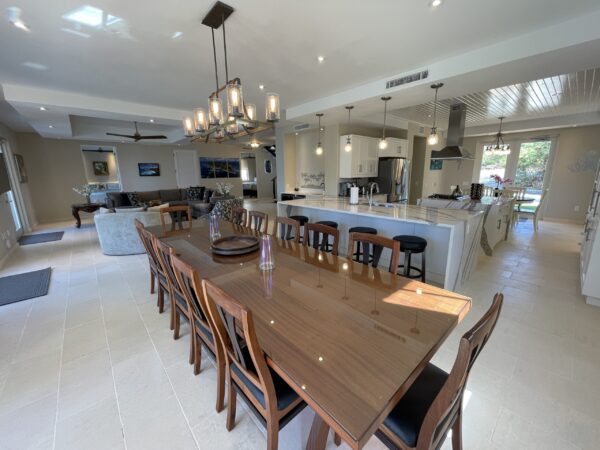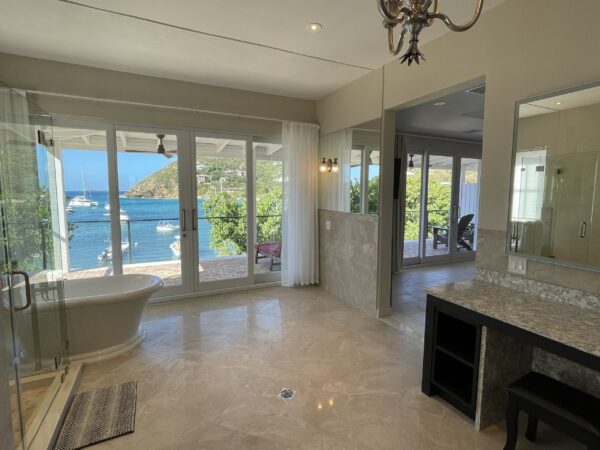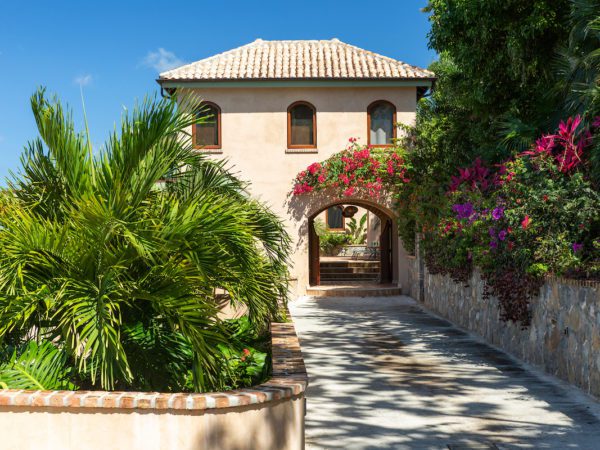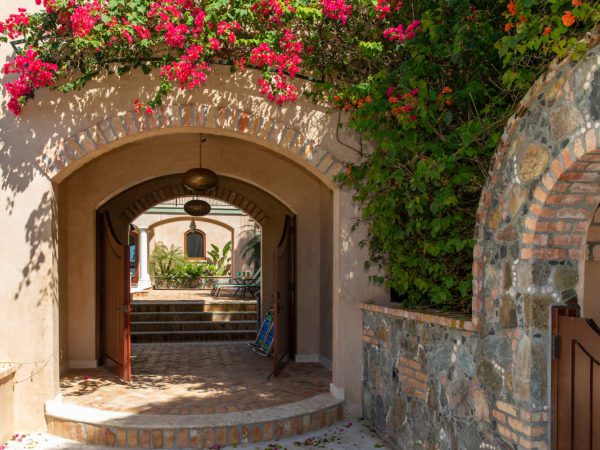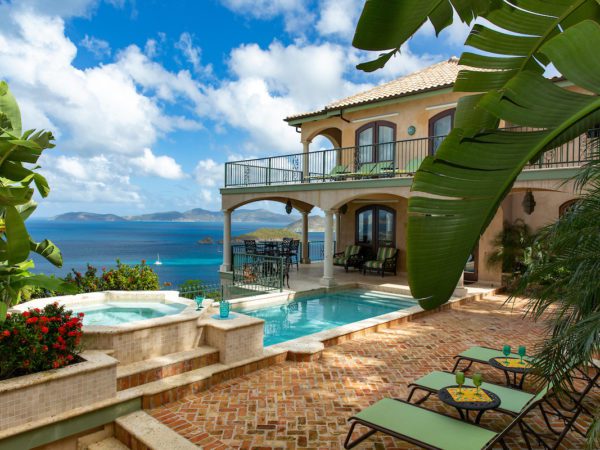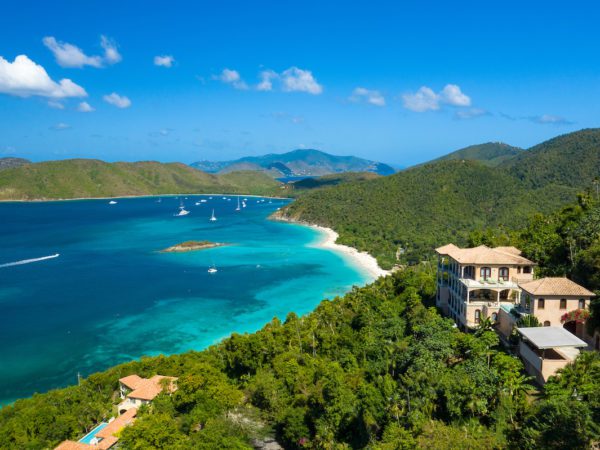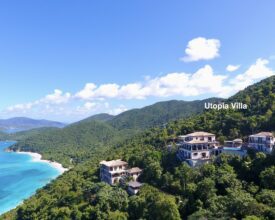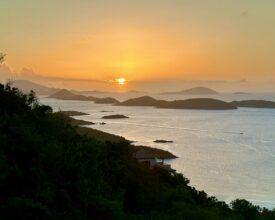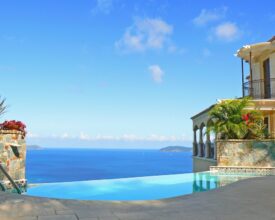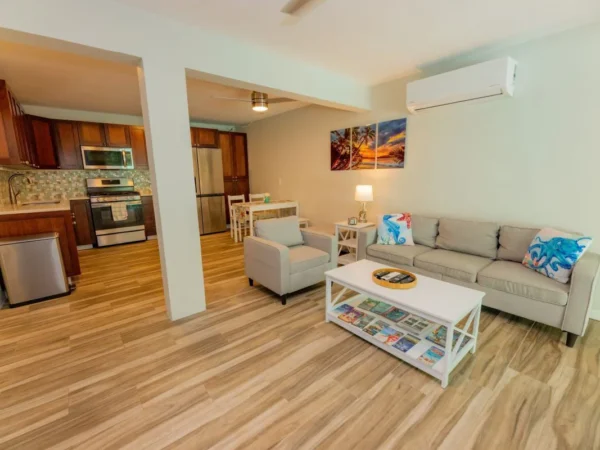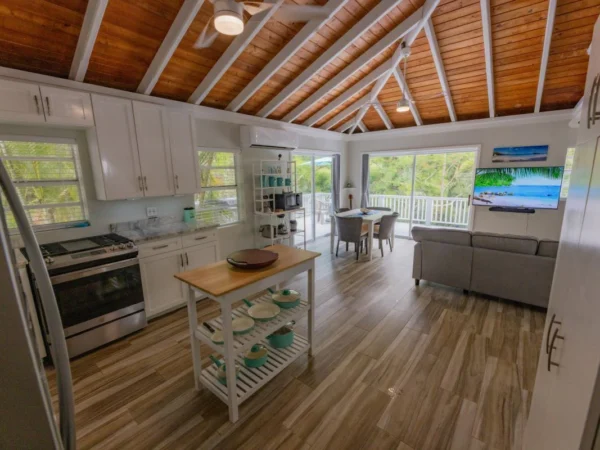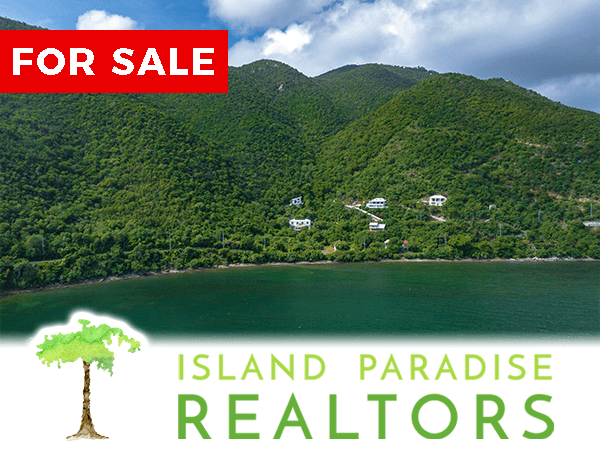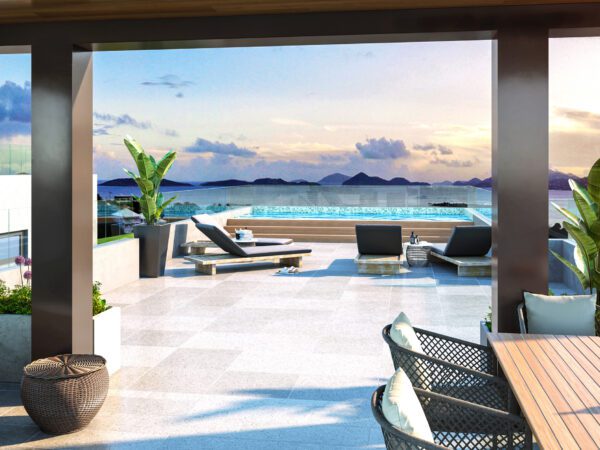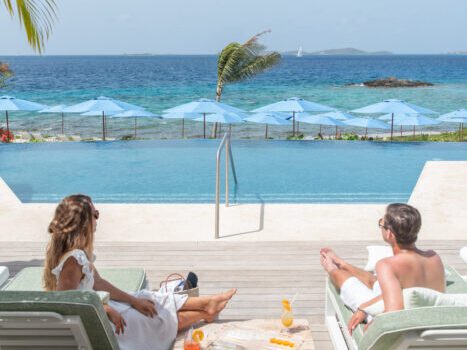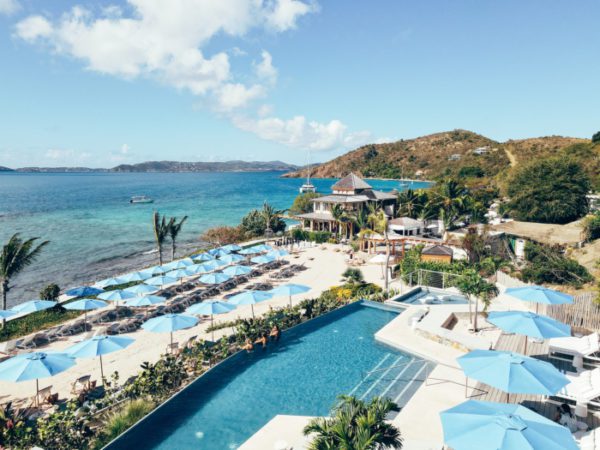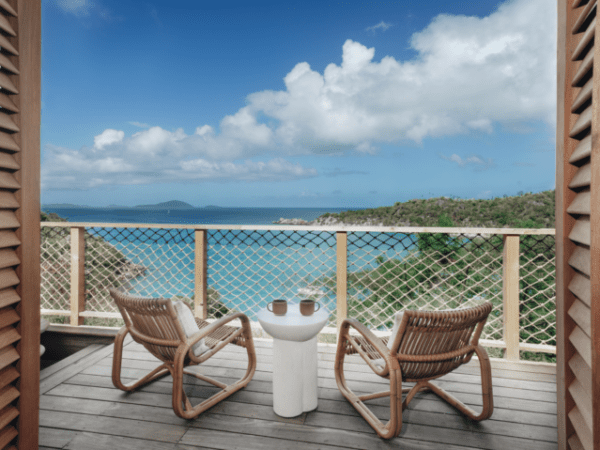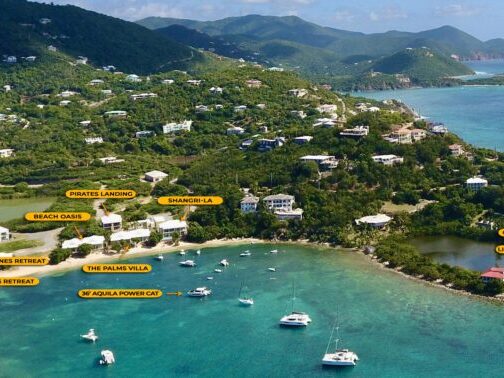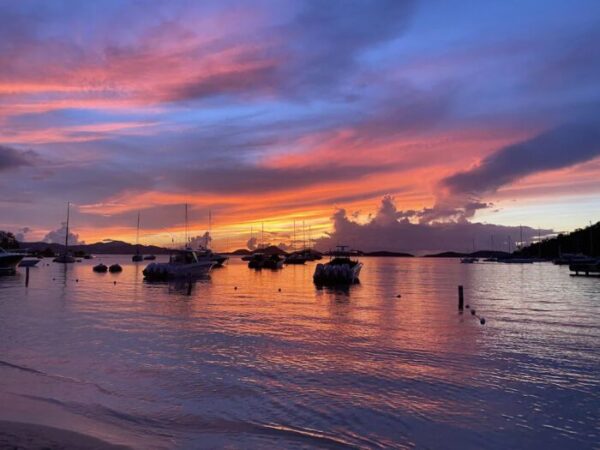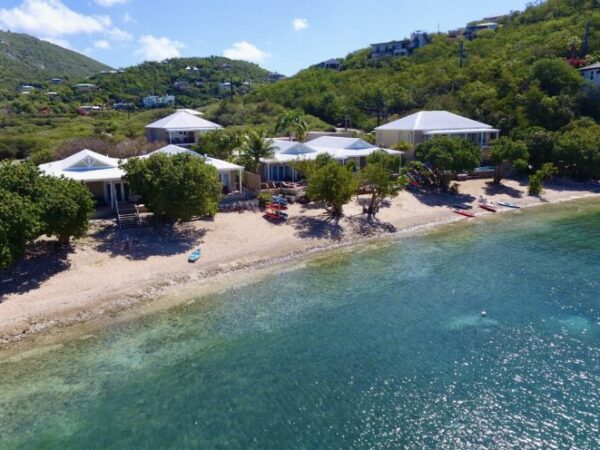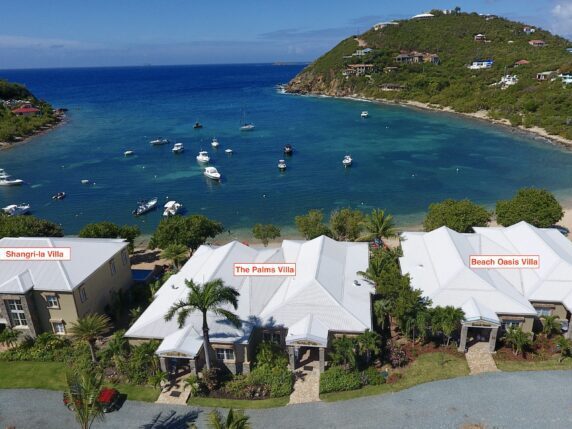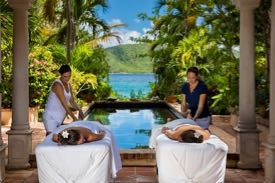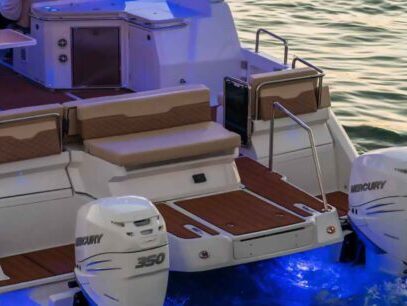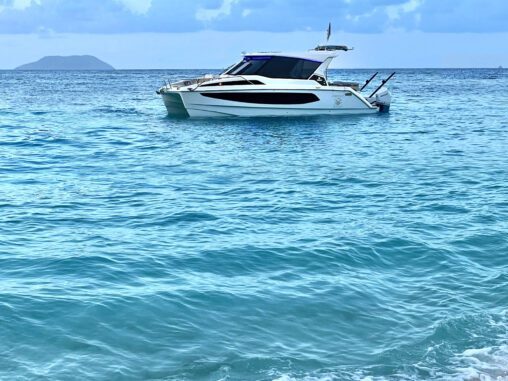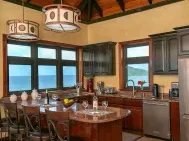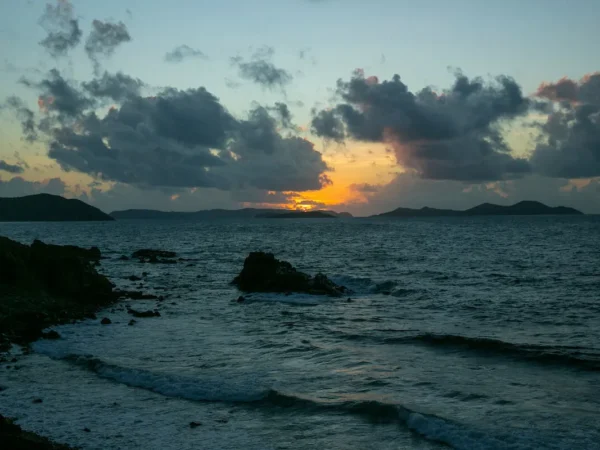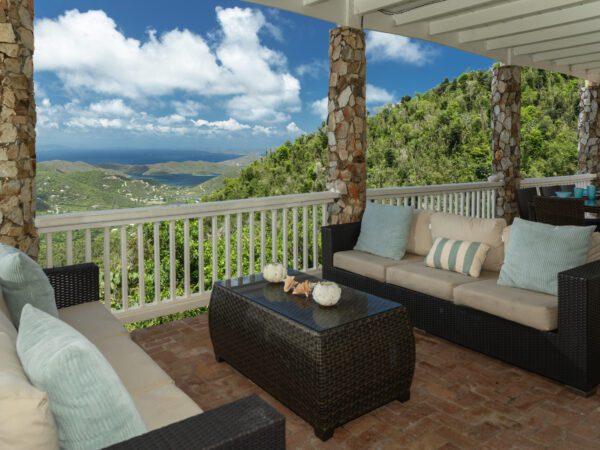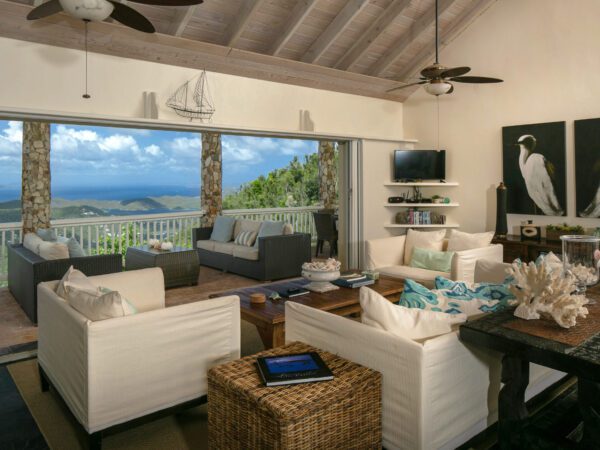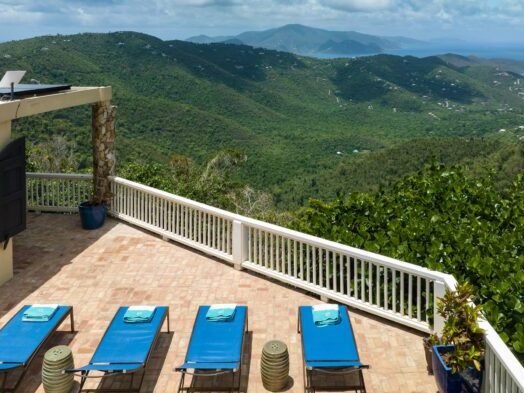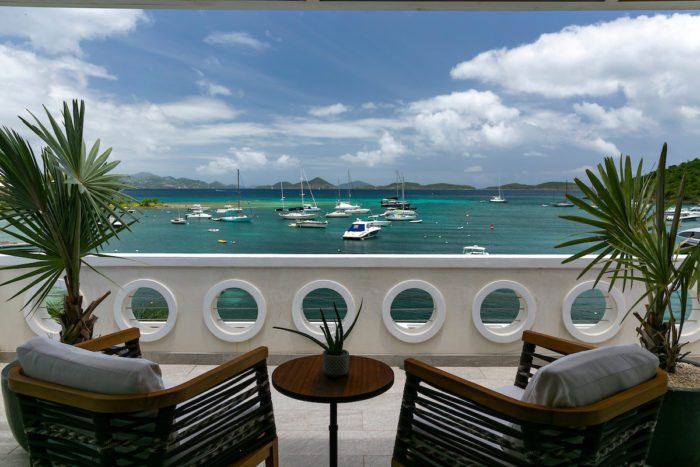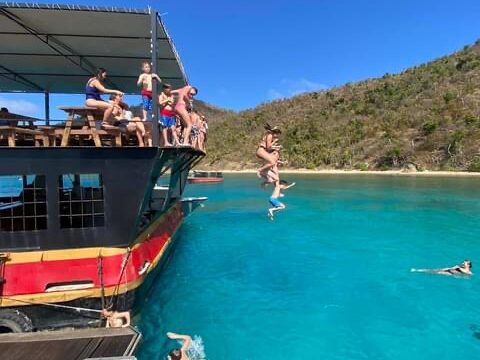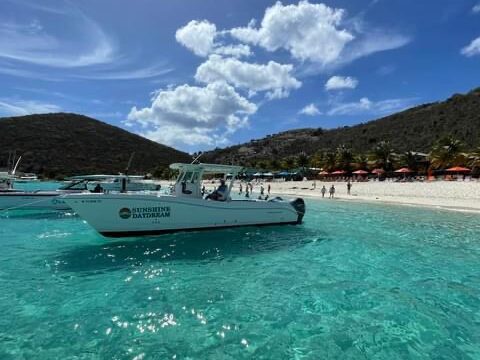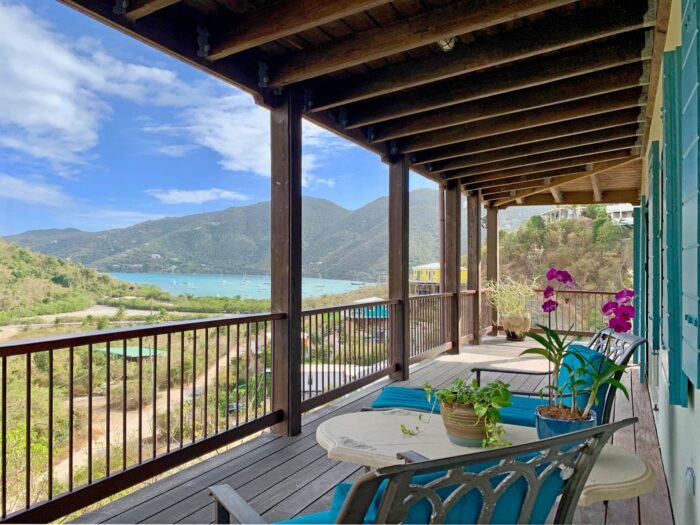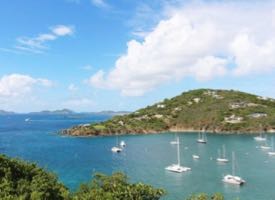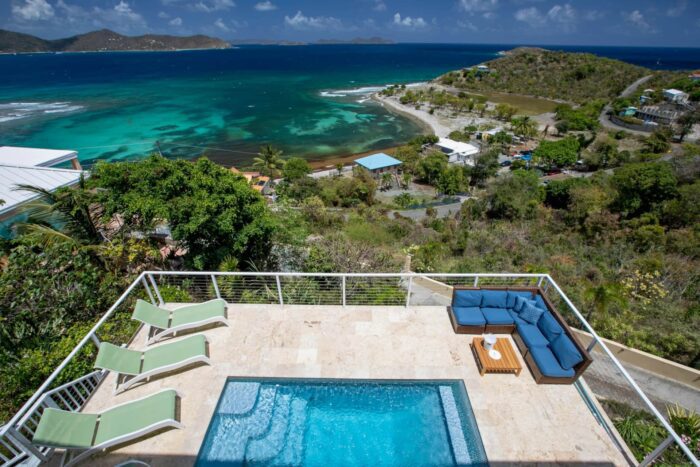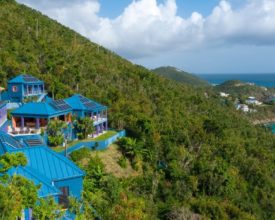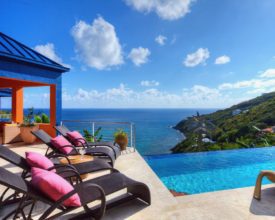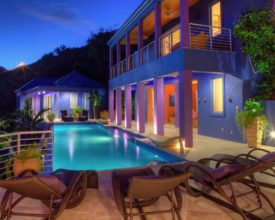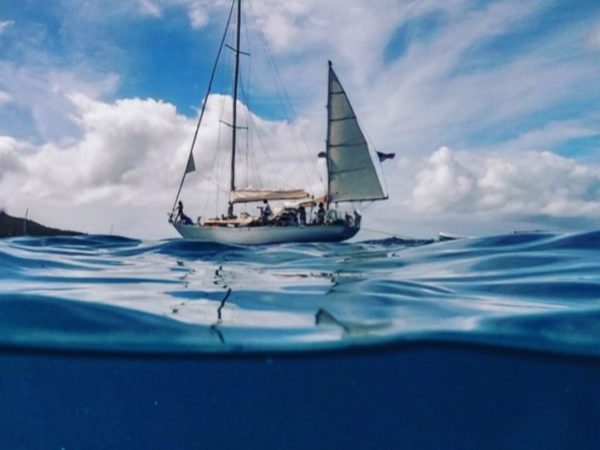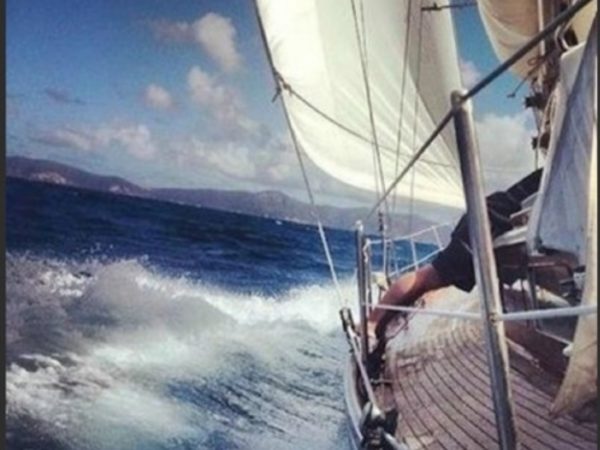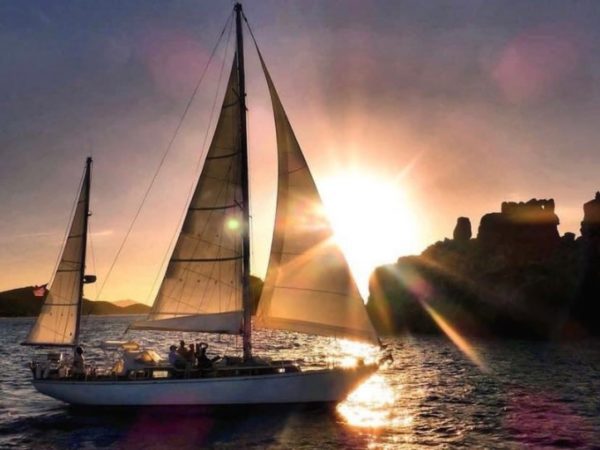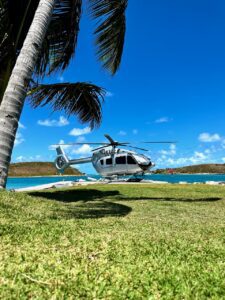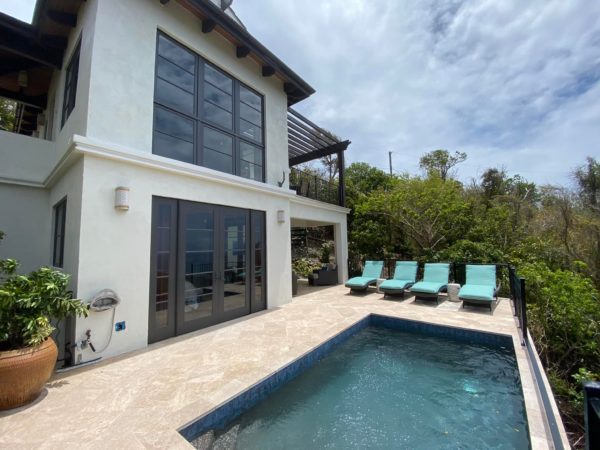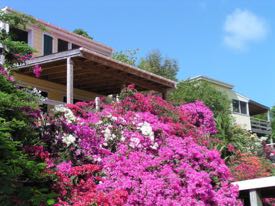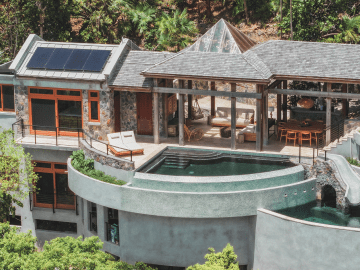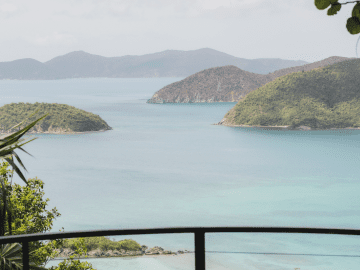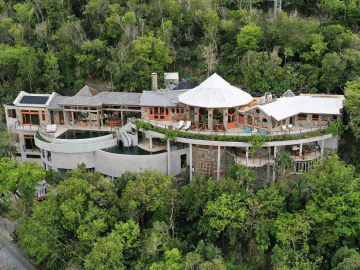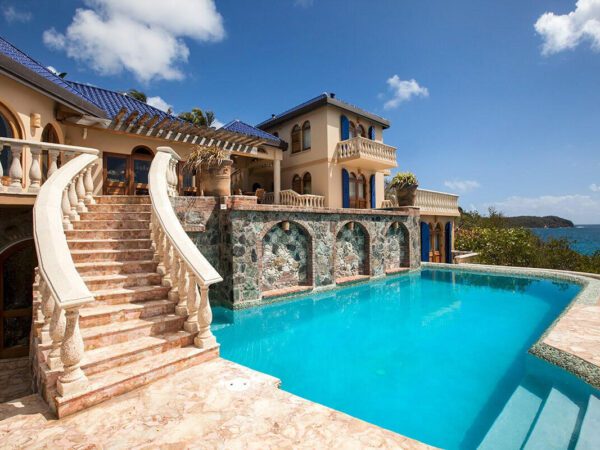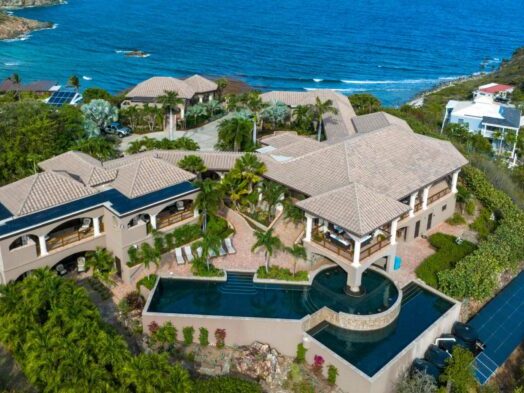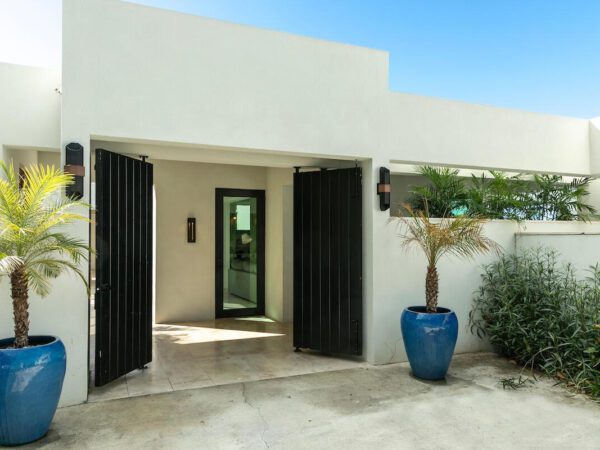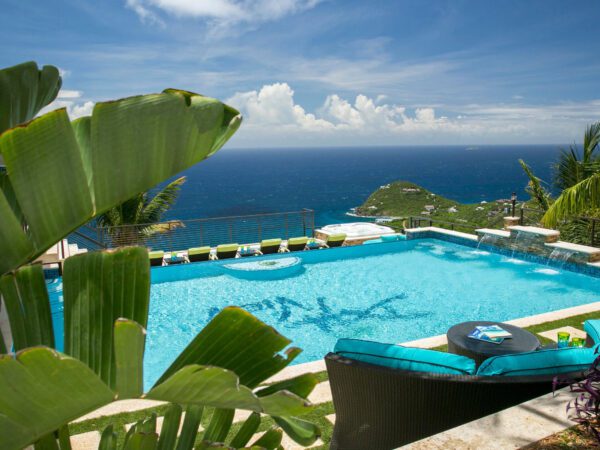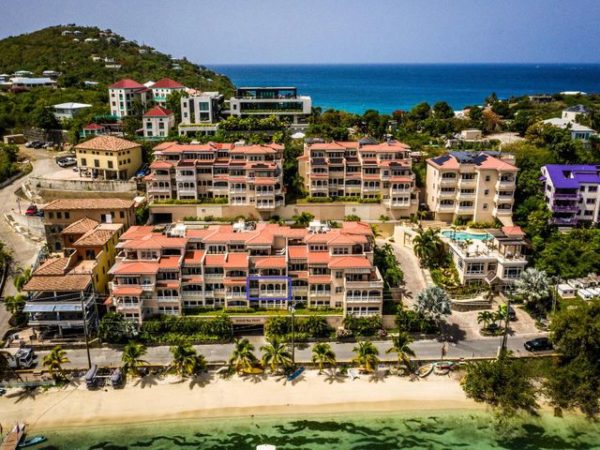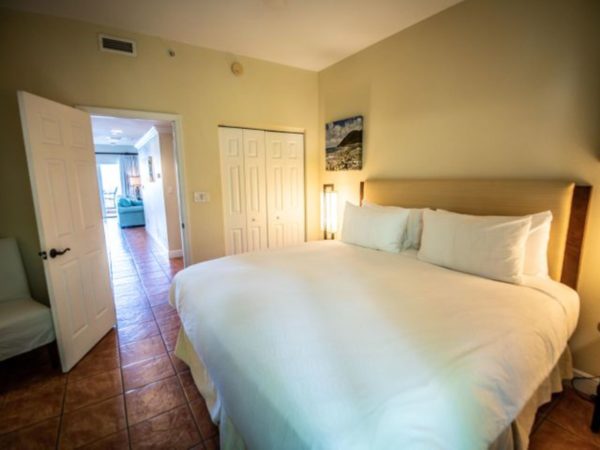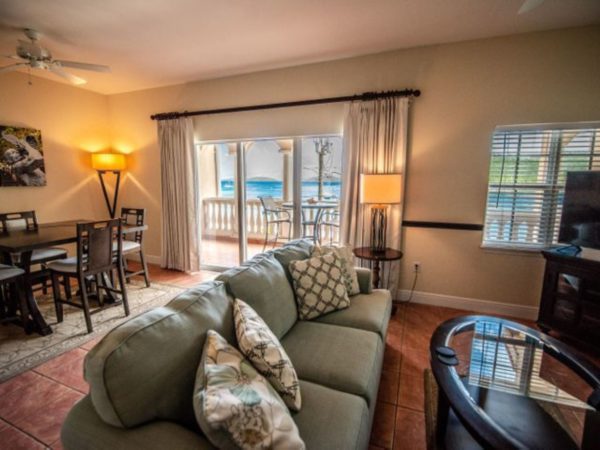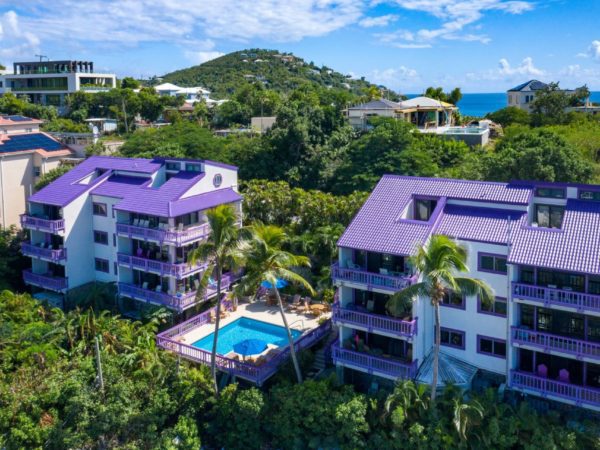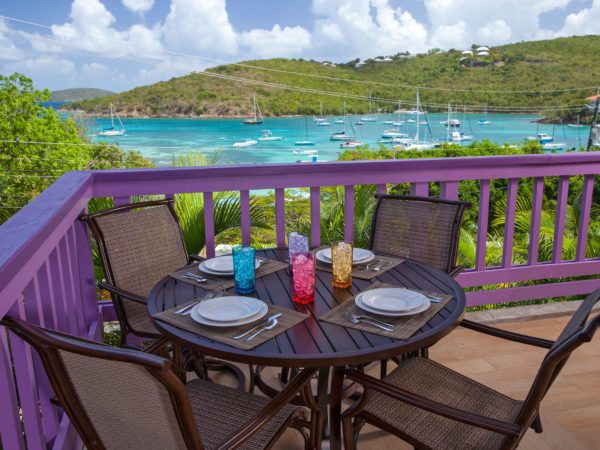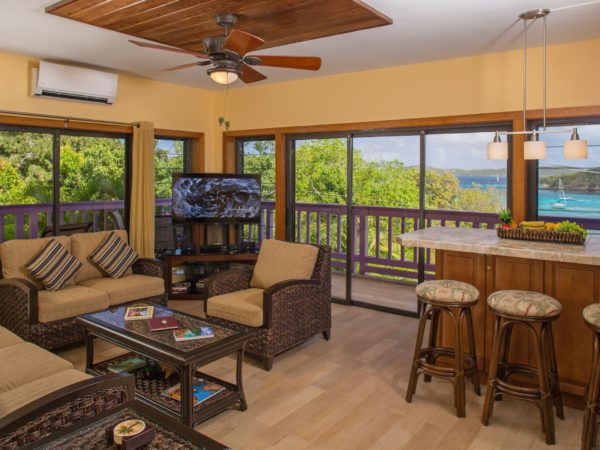
Hello everyone and happy Monday! We need rain. And we need it badly. The hillsides are brown. The island looks crispy. Some of the animals look lethargic and are likely suffering due to the lack of rain. It’s not a good situation. We had a few sprinkles yesterday, and there were a few sprinkles while I was away in Europe. But I honestly cannot recall the last time we had measurable rain.
The majority of residents on St. John collect rainwater, which is held in cisterns (which can be likened to an underground basement, but rather one that holds water). This means that all of our water used for cleaning, cooking, bathing, etc. is all caught from the sky. Without rain, we run low on water. When our cisterns run dry, we have to buy water which can be costly. This doesn’t go for just residents, it obviously happens with vacation rentals too.
Now I know on vacation, you want to take a nice long shower after the beach. I just ask that those of you who are visiting in the near future to be cognizant of your water usage, if possible. The saying regarding the bathroom is, “In the land of sun and fun, we do not flush for number one” or even “If it’s yellow, let is mellow.” Quite simply, you do not need to flush every time. (Yes, I know that’s not the most glamorous thing in the world to tell you all about, but it’s our reality at t he moment.) We also take “Army showers” in times like this. Basically we shut the water off to shave our legs, to shampoo or hair, etc. Those little acts can save a lot of water, and that’s very important right now. 🙂
Now on to the positive…
One very cool thing that can happen during a drought is that the salt ponds can actually produce salt. This happened four years ago during the 2015 drought. In fact, I wrote a story fours years and one day ago about how I was able to harvest salt from salt pond (the actual pond behind Salt Pond bay). Now you may be thinking, of course salt pond produces salt. Well that’s not always the case. Here are the details straight from Gerald Singer of seestjohn.com:
Because of its location on this arid and windswept part of the island, Salt Pond is the most likely place to find 100% natural St. John sea salt – no fat, no carbs, no cholesterol, no preservatives.
Saltwater enters the pond from the sea by seepage at high tides and by waves breaking over the surface during storms. Salt Pond is one of the only places on St. John that is below sea level. This condition prevents significant amounts of pond water from flowing back out to sea. Constant, intense sunlight and ever-present trade winds encourage an exceptionally high rate of evaporation. When rain is scarce, the water becomes extremely salty. Water can only hold a certain amount of salt in solution and when the salinity of the pond reaches that point, the salt crystallizes.
As the water level continues to drop, and more and more water is evaporated, a layer of salt is left along the edges of the pond. The longer the dry period, the higher the temperature, and the stronger the winds, the more this salt layer will extend towards the center of the pond and the thicker the layer becomes.
Pretty neat, right?
That year, it took until September, I believe, to get measurable rain. Let’s hope that’s not the case this year.
And for those of you who are interested in learning more about me harvesting salt from salt pond, please click this link to read the post and to see pics.
Thanks all and have a wonderful day.


